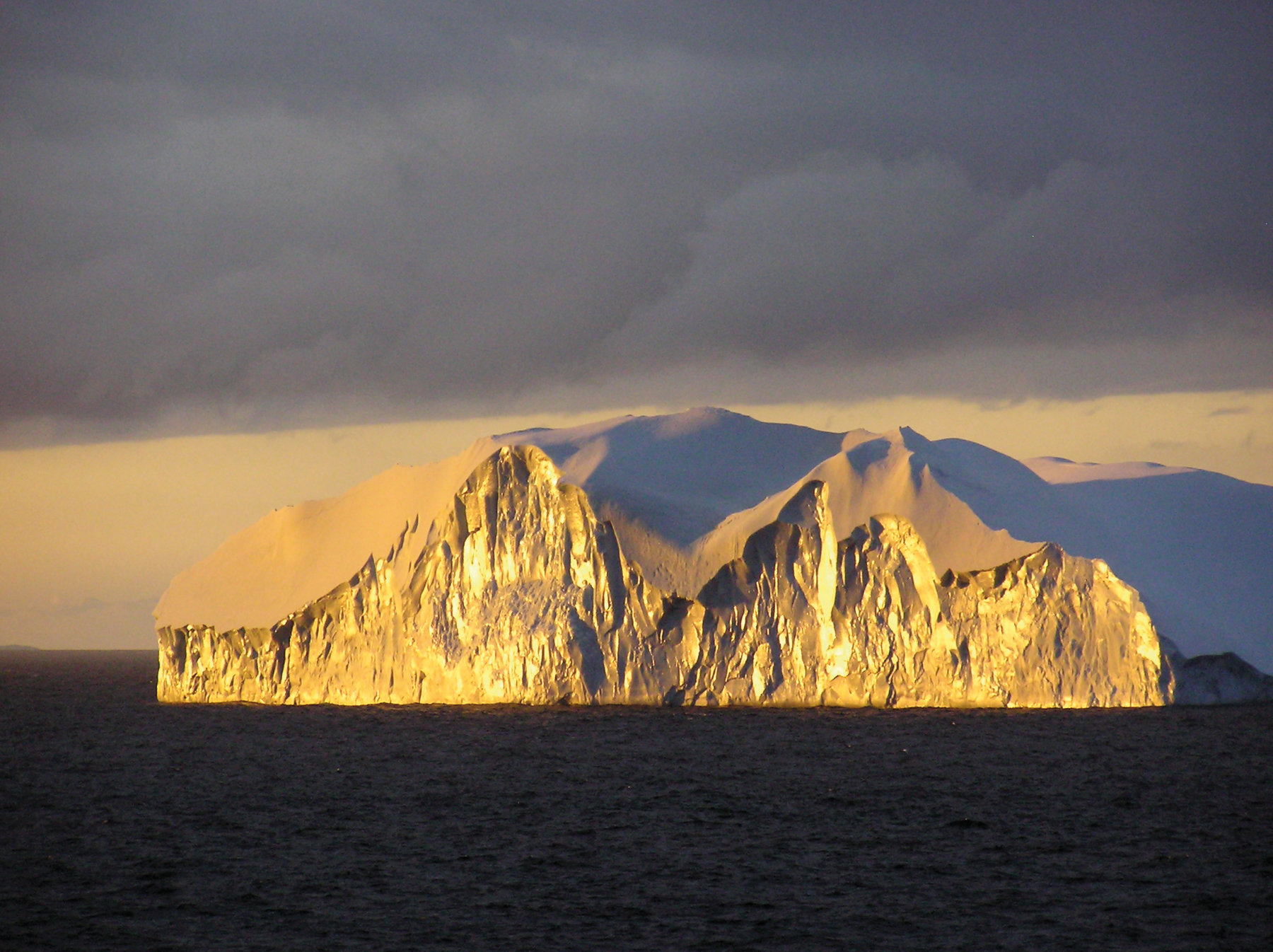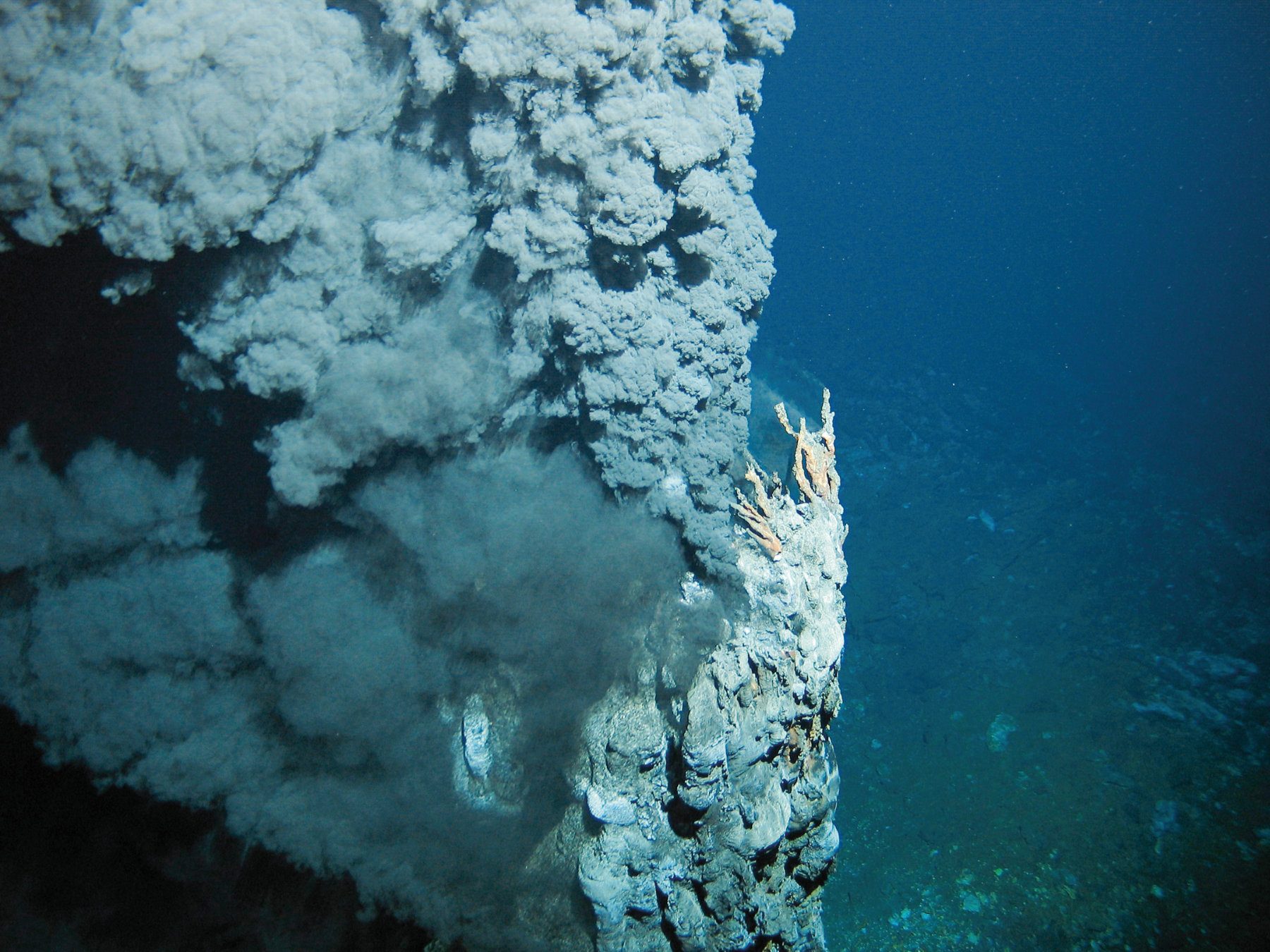Thirty years from now, will we still be fishing the ocean for bulk supplies of food fish? Researchers in Kiel are going beyond traditional concerns with overfishing and ecosystem stability to answer this question, with a focus on technology, economics and human demand. They work in interdisciplinary teams which include biologists and fisheries experts, economists, physical oceanographers and even lawyers with knowledge of international maritime agreements. They have shown that economic factors have a bigger influence on the future of fishing than climate change or ocean acidification.
Cod, salmon, tuna and sea bass are the most important food fish. Salmon and sea bass are now produced in bulk by fish farming, but cod and tuna are not. While investment in fish farming is set to grow, Martin Quaas from Kiel University and colleagues in Kiel and in Finland have shown that the expected growth in aquaculture will not satisfy the world's demand for fish [1]. Instead, improvements in fishing technology will make fishing more productive and add to pressure on fish stocks. At the same time, population growth and increasing incomes will mean more demand for fish.
This research shows that at least one of the globally-traded big four, most likely Bluefin tuna, will fall below 10 per cent of its original population before 2048. This is the level regarded by ecologists as critically low.
The authors find only limited scope for policy change to affect this picture. Aquaculture has been growing at up to 9 per cent a year. But to fill the demand gap completely, it would have to expand at an unrealistic 24 per cent each year. There are probably too few good sites for fish farms for this to be feasible. Aquaculture also creates environmental impacts that limit its growth.
To achieve sustainable fisheries, it is necessary to consider the full economic picture. The concept of shadow interest combines fisheries biology and economy, and may lead to an economic model that takes account of the nature of fish stocks as a renewable resource.

Will we still be eating fish from the sea tomorrow? Who owns the fish in the ocean? How does climate change affect commercial fish stocks? Can the right management ensure that today's depleted fish stocks recover and yield maximum revenue?
Kiel researchers investigate the effects of mankind's economic decisions for the future ocean. A key part of their work involves assessing the prospects for fisheries in Europe and around the world.
Cleverer fishing regulation
The other alternative is to manage large-scale commercial fishing more effectively. Regulation will have to be smarter than in the past. It must take account of growing demand and improved fishing technology, and will need to foster compliance. This will mean limiting total catches. And other measures might also be needed to set the right incentives. These may include regulations on fishing gear, new management structures, or rules to prevent new participants from entering the industry. As spending on fish increases and large-scale fishing technology gets more effective, the industry becomes more profitable and more attractive to new participants. This means, according to Quaas, that "management improvement is the key to sustaining wild fish stocks until 2048 and beyond."
This research raises the question of what future fishing regulations ought to look like. The classic way of restricting fish catches is by limiting the raw tonnage of a particular fish species that can be removed from the sea. This is known as a biomass-based management tool.
There are many problems with this comparatively crude approach. In particular, it does not distinguish between overfishing that takes fish out of the sea at too young an age from overfishing older fish, which are responsible for the reproduction of fish stocks.
Research at Kiel points to more sophisticated ways of regulating fish catches. The key is to develop "age-structured" fishery limits that distinguish between fish of different age and size [2]. This approach is sympathetic to the way the fishing industry works, as it is already standard practice to sort fish by size for auction.
For example, there could be fishing permits which are set in fish numbers, instead of by weight. This simple idea could solve the problem of overfishing, and, as a nice bonus, make gear restrictions obsolete. The researchers point out that fishing vessels are increasingly likely to have cameras on board, making it hard for fishermen to cheat by throwing smaller fish back into the sea.
Making age-structured regulation work would require a detailed analysis of each fishery. The Kiel researchers took the Eastern Baltic cod fishery as an example, showing that age-structured fishing regulations could lead to a yearly harvest "substantially higher" than today's.
New research will allow this idea to be developed yet further. Baltic cod feeds on sprat and herring, while the sprats in turn feed on cod eggs and larvae. So it is important to introduce catch limits that take account of these interactions. This, say the researchers, would "allow for the development of an integrated policy that would regulate several commercial species simultaneously. Such an approach could also consider a fair distribution of profits between interest groups, be it different fishermen or nations." [3,4]

Shadow Interest
Some conservationists may regard the science of economics with suspicion. But Martin Quaas and his colleagues think that its methods contain useful insights about the natural world and the way mankind uses it. In a recent paper, they look at fishing as a form of borrowing from the ocean, and draw policy conclusions from the "interest rate" we pay on this loan. As Martin Quaas sees it: "These shadow interest rates can be thought of as the price that fishermen pay for this year's catch through reduced future catches. A catch reduction today is an investment in future fish stocks, and we know that these returns can be large. Recent catch limits for North Sea herring have shown that it is feasible for the fishing industry
to realise these returns through temporary reductions in fish catches. Our figures suggest that it would be wise to set much lower catch rates in most European fisheries to allow a temporary rebuilding period."
Taking fish out of the sea reduces the size of future catches. Quaas and his co-authors have looked in detail at data for 13 species of fish caught off Europe, from Ireland to the Baltic, and have worked out the shadow interest rate which these lost fish imply for commercial fishing [6]. It turns out to range from 220 per cent a year for Saithe caught in the North Sea to 16 per cent for Norway pout. The figure is 199 per cent for cod, the most significant species. These credit card-type figures apply even where sustainable fishing is carried out. The shadow interest rate is lower – but still approaching 100 per cent for cod and Saithe - when fishing is carried out in a manner that maintains constant yields of fish. These big numbers are another way of saying that reduced fish catches, despite being politically controversial, could return significant profits to the fishing industry in just a few years.

Global reach
While much of Kiel's fisheries research concentrates on the Baltic and the North-East Atlantic, scientists there have a keen interest in fisheries on a global scale. They are well aware that fish is the world's most internationally-traded form of food.
We now have detailed knowledge of environmental conditions in all the world's oceans, especially their temperature and salinity. This has allowed scientists in Kiel to map where marine species, both familiar and obscure, are able to live [5]. Rainer Froese has been involved in mapping the possible distribution of 7,000 types of fish, as well as many bird species and all sea mammals and reptiles.
This work shows the areas of the ocean which are most important for sustaining endangered species. It also helps us to understand where invasive species might find it easiest to populate new sea areas. An example is a map showing which of the world's waters are most friendly to the spread of Mnemiopsisleidyi, otherwise known as the warty comb jelly. This species is now spreading to European seas from its original home on Latin America's Atlantic seaboard.
These maps show how ocean warming influences what species can live in which sea areas. Froese says that his work reveals "far more losers than winners." Using data for 324 fish species on which we have good information, he foresees a 6 per cent average loss in their possible habitat between 1999 and 2050.
By depleting fish stocks and degrading habitats, overfishing and intensive aquaculture exert major pressures on the ocean's ecosystems. They lead to pollution of the marine environment, and alter the species composition of the ocean, the balance of different types of fish and other animals.
New research and innovation suggest that aquaculture can in principle turn into an ecologically sensitive and sustainable form of food production. However, the increasing shift towards industrialised aquaculture has damaged both ecosystems and the livelihoods of small-scale fish farmers. Improved approaches to fisheries management that reestablish and maintain the productivity of wild fish stocks will be required if marine food production is to continue making a significant contribution to human prosperity, alongside new and more sustainable forms of marine aquaculture. For example, small-scale and artisanal fisheries and aquaculture production provide food while generating employment and income for millions of people. Sustainable aquatic food production is therefore of prime scientific importance, and has immense economic and social value.
Towards Sustainable Aquaculture
Aquaculture and fisheries are essential to global food security, and will help provide protein for a future world population of 9 billion people. Success here will involve innovative, integrated and multidisciplinary science and technology.
Biniam Samuel-Fitwi from GMA in Büsum, an aquaculture research company part-owned by Kiel University, says: "This challenge will require a holistic approach to socio-economic, health and technological development, and will call for new assessment tools and technologies for the sustainable use of bioresources."
Sustainable aquaculture systems now under development use Recirculating Aquaculture, Integrated Multi-Trophic Aquaculture and feed optimisation to increase the efficiency and sustainability of aquaculture across a range of fish species [7].
But a comprehensive concept of sustainability also includes animal welfare. There is broad societal concern about the treatment of animals, going beyond traditional animal ethics and into new concepts such as "zoozentrism," the idea that animal welfare is of uniquely high moral value. The environmental and sustainability implications of aquaculture innovation can be gauged by the use of new tools such as life cycle assessment.
New aquaculture technologies might combat water pollution and the other problems of traditional aquaculture by farming fish, filter feeders such as mussels, and algae all together. Little research has been carried out on these systems in marine conditions.

References
[1] Quaas, Martin, Reusch, Thorsten B.H., Schmidt, Jörn, Tahvonen, Olli und Voss, Rudi (2016) It is the economy, stupid! Projecting the fate of fish populations using ecological-economic modeling Global Change Biology, 22 (1). pp. 264-270. DOI 10.1111/gcb.13060.
[2] Quaas, M. F., Requate, Till, Ruckes, Kirsten, Skonhoft, A., Vestergaard, N. und Voss, Rüdiger (2013) Incentives for optimal management of age-structured fish populations Resource and Energy Economics, 35 (2). pp. 113-134.
[3] Voss, R., Quaas, M., Schmidt, J. und Hoffmann, J. (2014) Regional trade-offs from multi-species maximum sustainable yield (MMSY) management optionsMarine Ecology Progress Series, 498. pp. 1-12. DOI 10.3354/meps10639 .
[4] Voss R, Quaas MF, Schmidt JO, Tahvonen O, Lindegren M, Möllman C. Assessing social-ecological trade-offs to advance ecosystem-based fisheries management.PLoS ONE 9(9): e107811. doi:10.1371/journal.pone.0107811.
[5] Froese, Rainer (2011) Winners and Losers in the Future Ocean: Insights from Millions of Samples (EingeladenerVortrag) In: EDIT Symposium, 18.01.2011, Paris, France.
[6] Quaas, Martin F., Froese, Rainer, Herwartz, Helmut, Requate, Till, Schmidt, Jörn O. und Voss, Rüdiger (2012) Fishing industry borrows from natural capital at high shadow interest rates Ecological Economics, 82. pp. 45-52. DOI 10.1016/j.ecolecon.2012.08.002.
[7] Samuel-Fitwi, B., Wuertz, S., Schroeder, J. P., & Schulz, C. (2012). Sustainability assessment tools to support aquaculture development. Journal of Cleaner Production, 32, 183-192.



